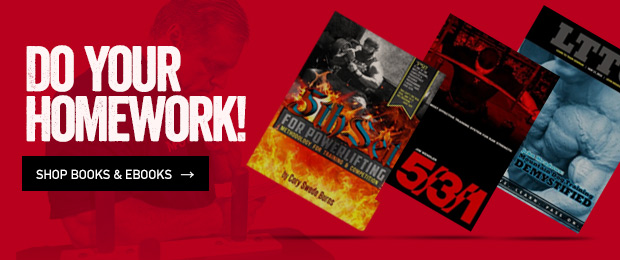
One of the most common questions all Elitefts team members get asked: “What can I do to get better at [X]?” X can be anything from squats to bicep curls, and my answer is going to be the same: You have to find what works for you.
Of course, there are some ways to make that process easier. Here are a few rules of thumb:
- Do what you suck at. Yeah, it might be fun to do assistance movements like Anderson squats or cheat rows where you can load up a f&*$-ton of weight and look cool on Instagram, but unless those movements are training your weaknesses, then they’re not going to help you improve. And chances are, if you can load up a f&%(-ton of weight, they’re not hitting weaknesses – they’re targeting areas that are already strong points for you.
- Watch your technique. Small nuances in movement execution can pay enormous dividends when it comes to targeting weaknesses. Take my trap bar deadlifts, for example:
View this post on InstagramI’m already a strong puller off the floor, so doing these with a very upright torso to work the quads probably wouldn’t help me too much. By changing my torso angle to better target the upper back and lats, I am strengthening the muscles involved in lockout, and – hopefully – I’ll see some carryover to my conventional deadlifts as a result.
- Be patient. Notice how I said “hopefully” in that last bullet point – a lot of this comes down to educated guesswork and trial and error. If you’re not performing a competition movement, you can never really be sure that you’re strengthening a competition movement. Nevertheless, setting proxy goals with slight variations is generally a very efficient and effective way of improving weaknesses, maintaining motivation, and ultimately getting strong(er)!
What’s your favorite assistance movement? Share it in the comments below!









